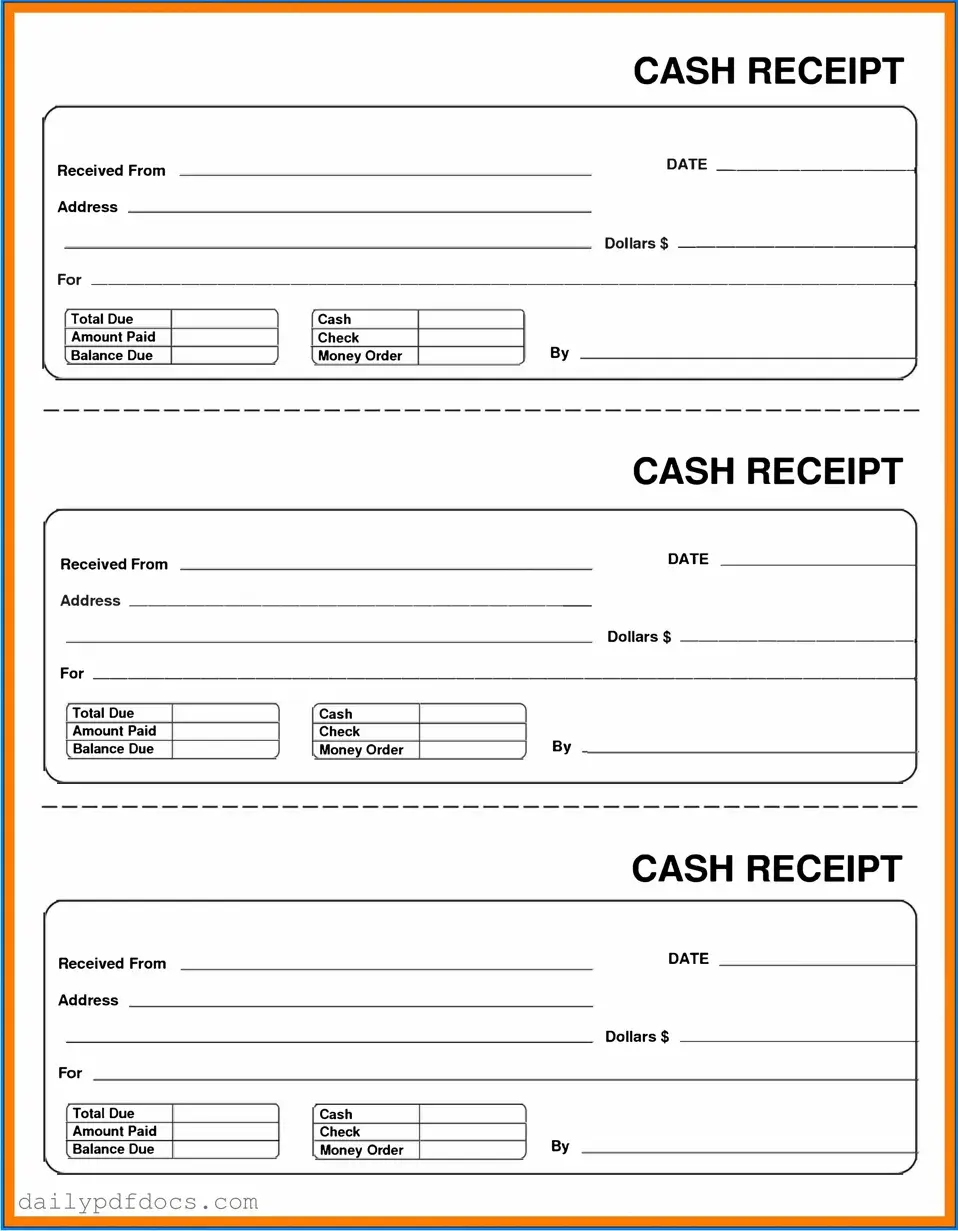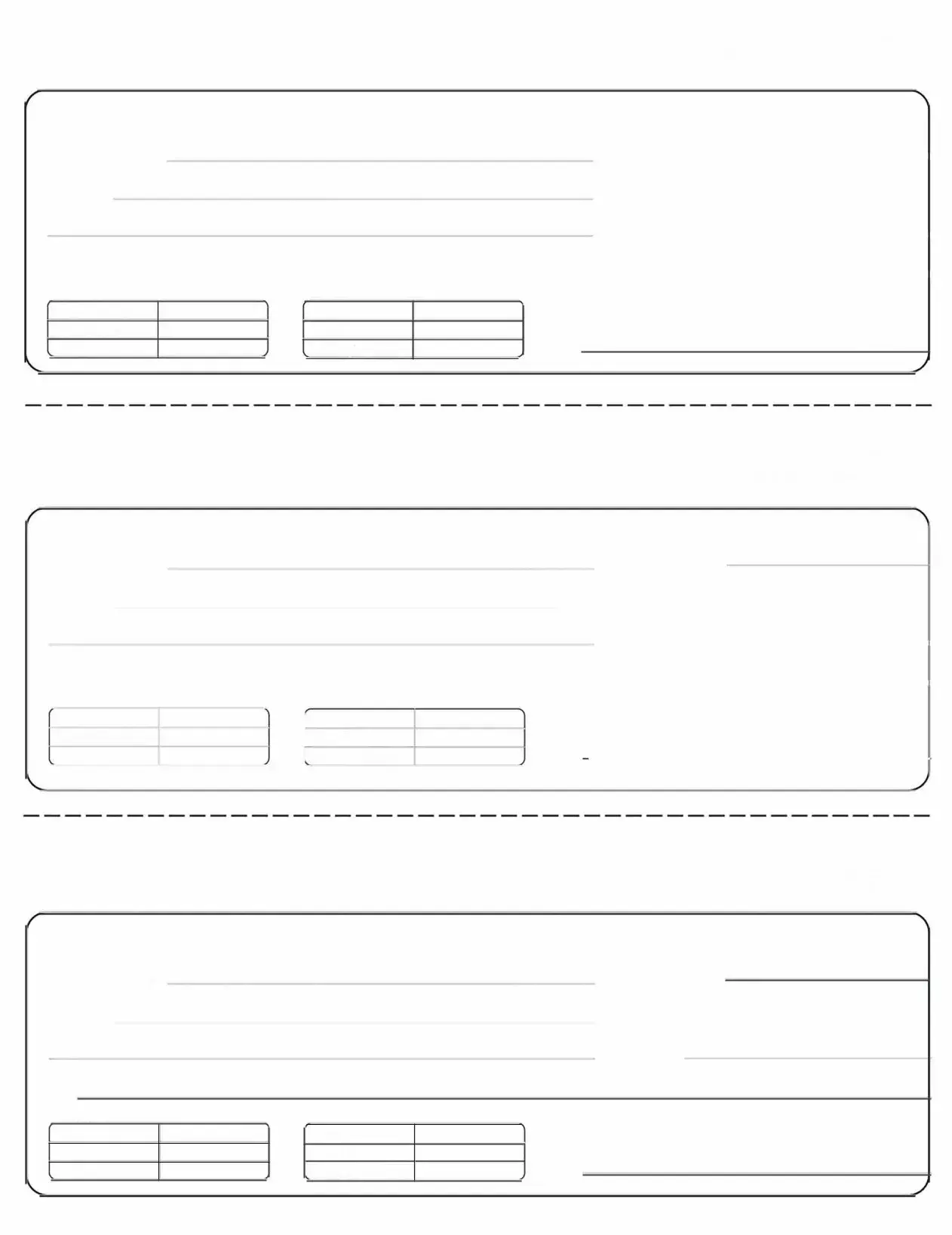What is a Cash Receipt form?
A Cash Receipt form is a document used to acknowledge the receipt of cash payments. It serves as proof of transaction for both the payer and the recipient. This form typically includes details such as the date, amount received, payer's information, and the purpose of the payment.
Who needs to use a Cash Receipt form?
Anyone who receives cash payments should use a Cash Receipt form. This includes businesses, non-profit organizations, and individuals who conduct transactions involving cash. By using this form, you ensure that both parties have a record of the payment for their records.
What information is required on the Cash Receipt form?
The Cash Receipt form should include the following information: the date of the transaction, the name of the payer, the amount received, the purpose of the payment, and the signature of the person receiving the cash. Additional notes or references can also be included for clarity.
Is a Cash Receipt form necessary for all cash transactions?
While it may not be legally required for every cash transaction, using a Cash Receipt form is highly recommended. It provides a clear record that can help prevent disputes and ensure accurate accounting. For larger amounts or business transactions, it is particularly important.
Can a Cash Receipt form be used for electronic payments?
No, a Cash Receipt form is specifically designed for cash transactions. For electronic payments, other forms of documentation, such as invoices or payment confirmations, should be used. However, you can create a similar receipt for electronic payments to maintain consistency in record-keeping.
How should I store Cash Receipt forms?
Cash Receipt forms should be stored securely, whether in physical or digital format. If using paper forms, keep them in a locked file cabinet. For digital forms, ensure they are stored in a password-protected folder. This will help maintain confidentiality and protect sensitive information.
What should I do if I lose a Cash Receipt form?
If a Cash Receipt form is lost, it is important to notify the payer as soon as possible. You may need to issue a duplicate receipt or create a new one. Document the situation and maintain a record of the original transaction to ensure transparency.
Can I customize the Cash Receipt form?
Yes, you can customize the Cash Receipt form to fit your needs. Adding your business logo, adjusting the layout, or including additional fields can make the form more effective for your specific transactions. Just ensure that all essential information remains clear and accessible.

